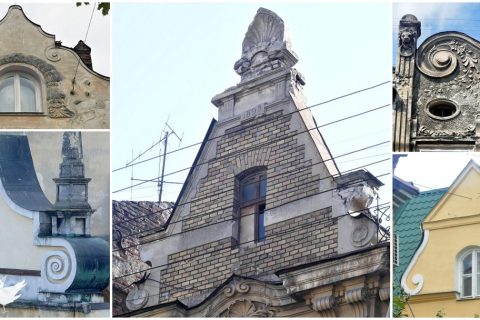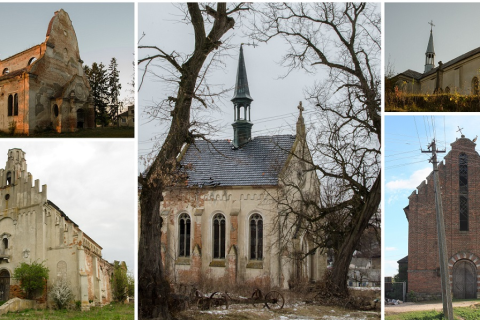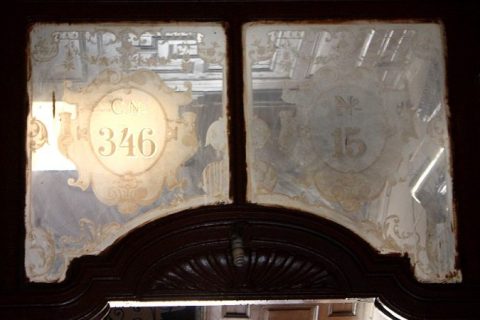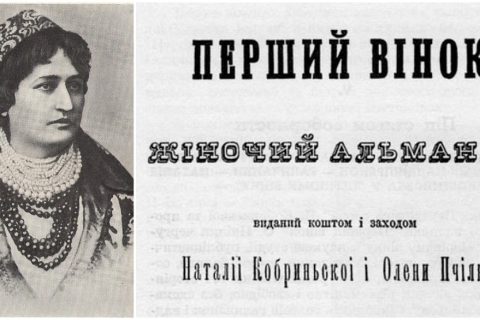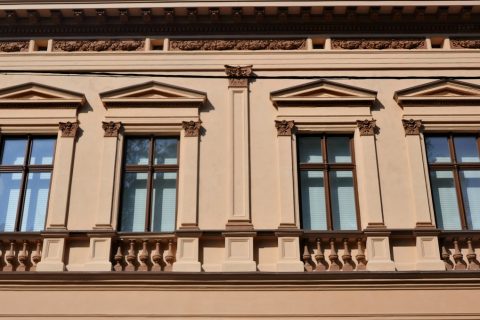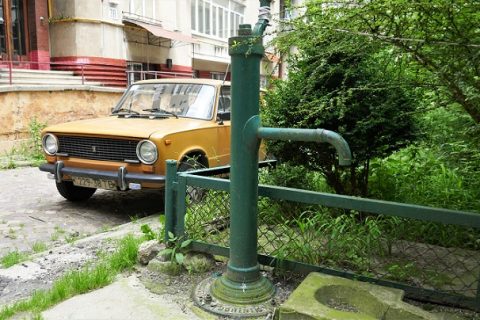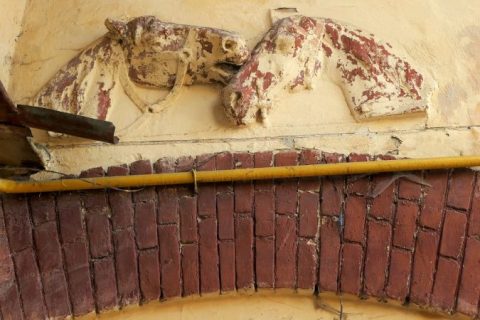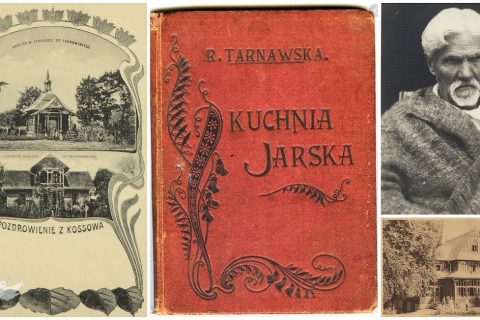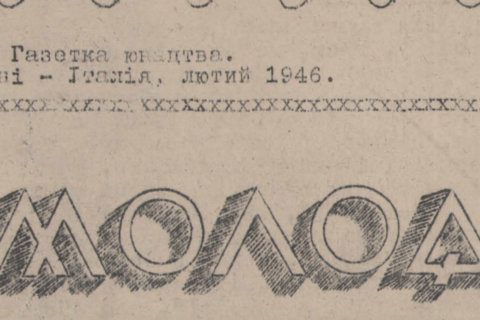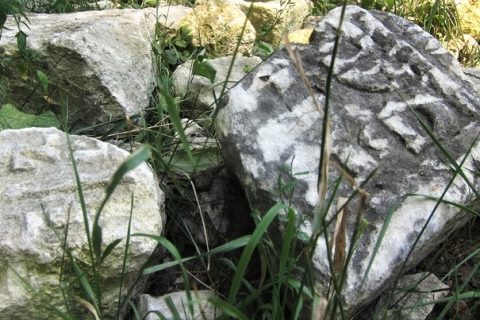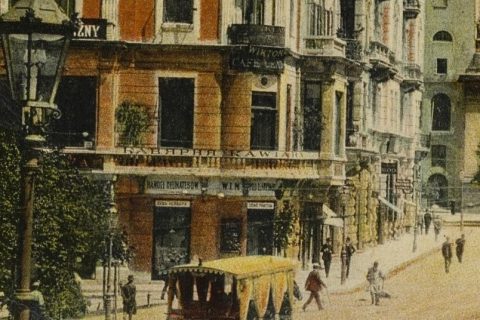Przemyśl at the Turn of the Century: From the Notes of Feliks Mantel
Below is a translation from Polish of the article Przemyśl na przełomie wieków …z zapisków Feliksa Mantela Feliks Mantel (1906-1990) came from a family of Przemyśl Jews. His father, Józef Mantel (1875-1920), was a lawyer and a close associate of [lawуer and socialist politician] Herman Lieberman. Józef Piłsudski, who stayed in […]
Read More






